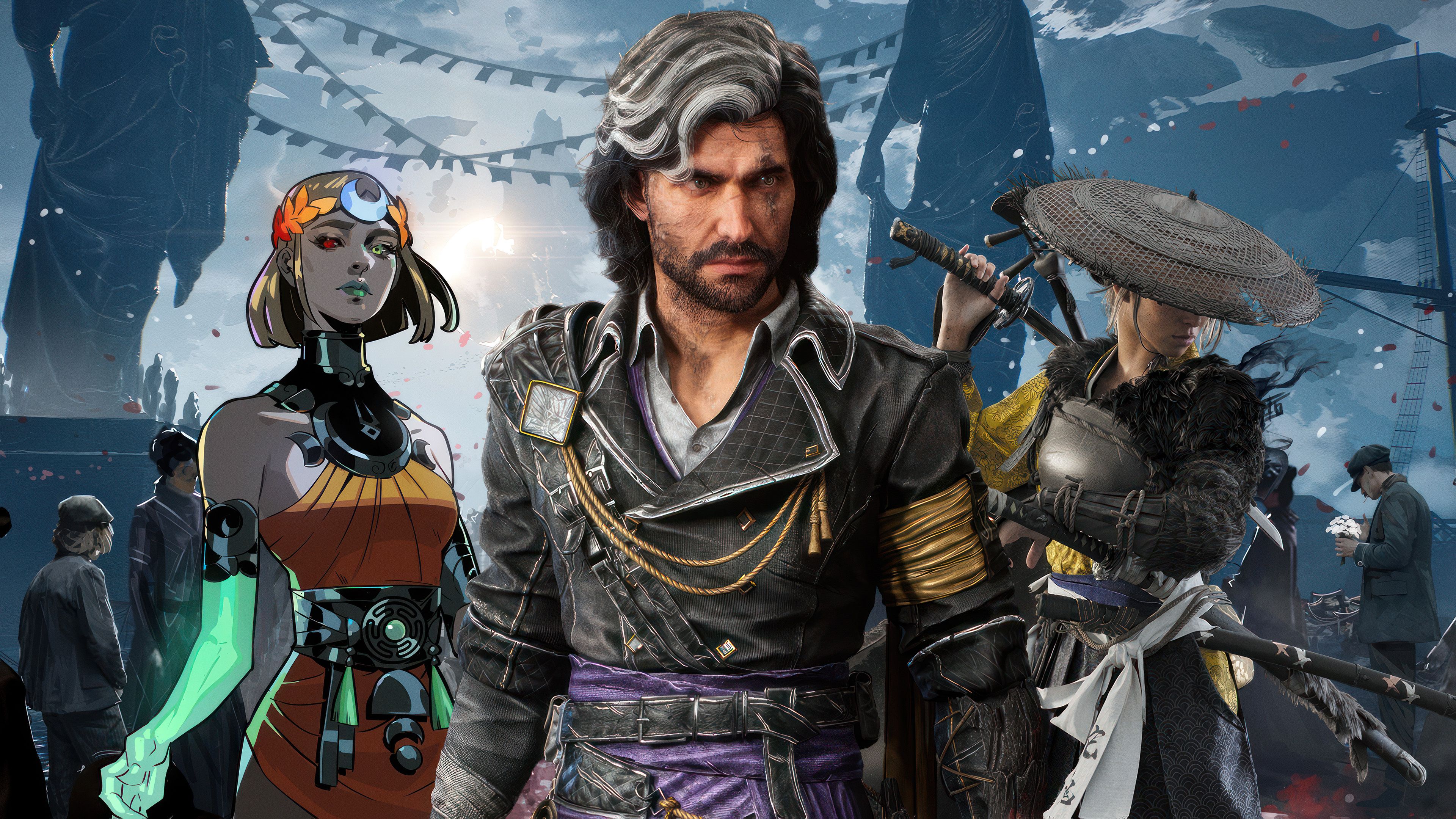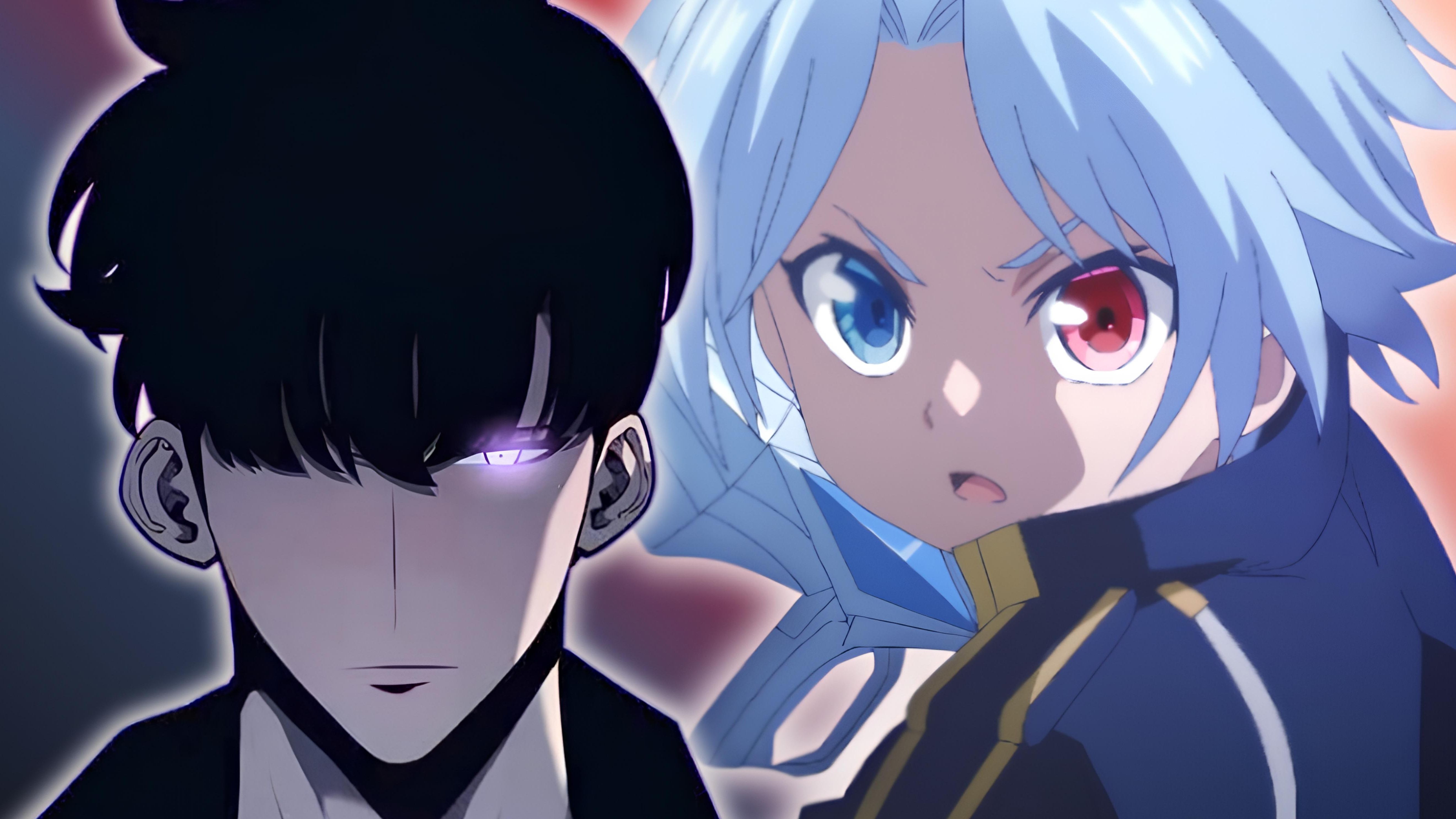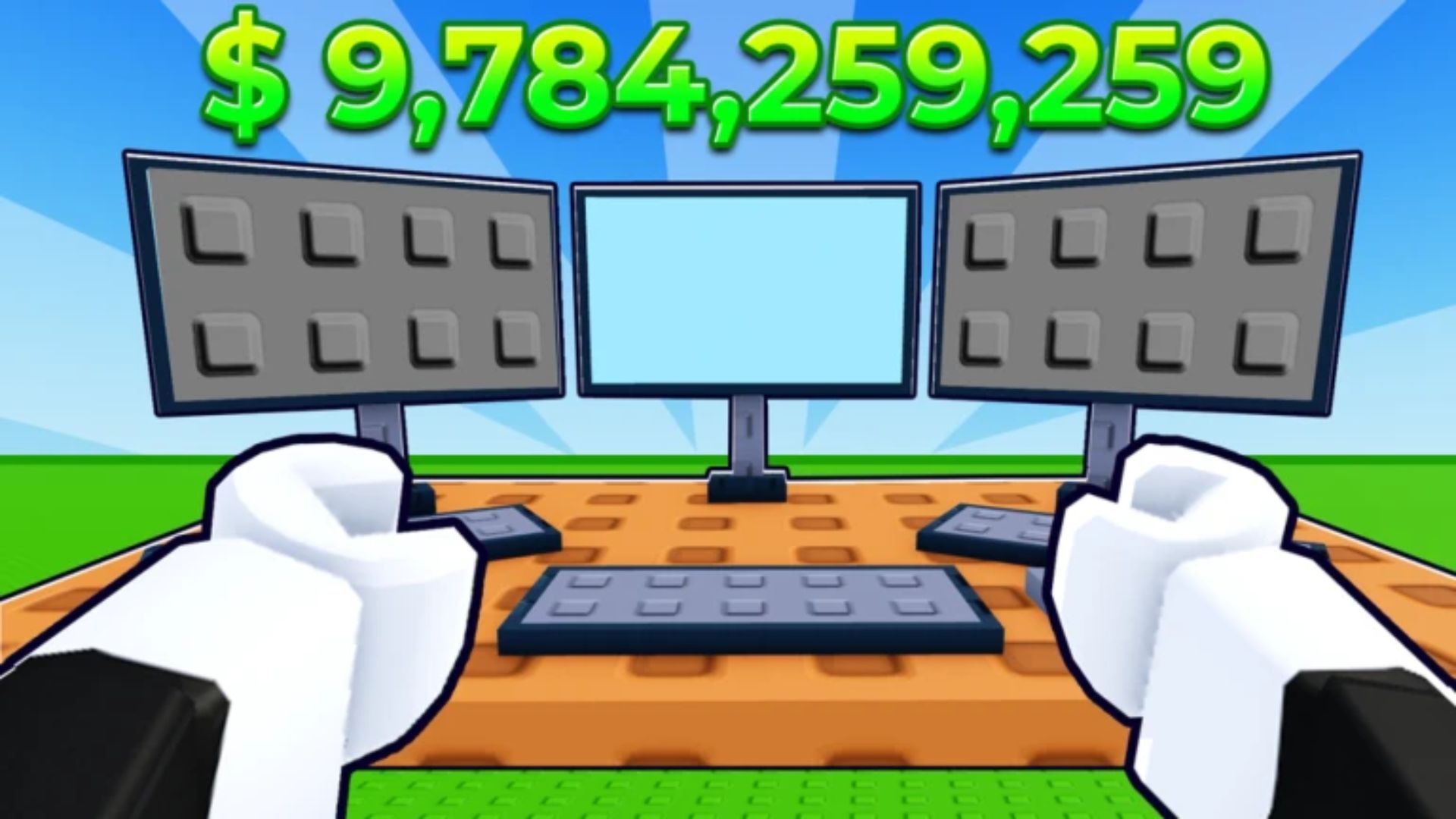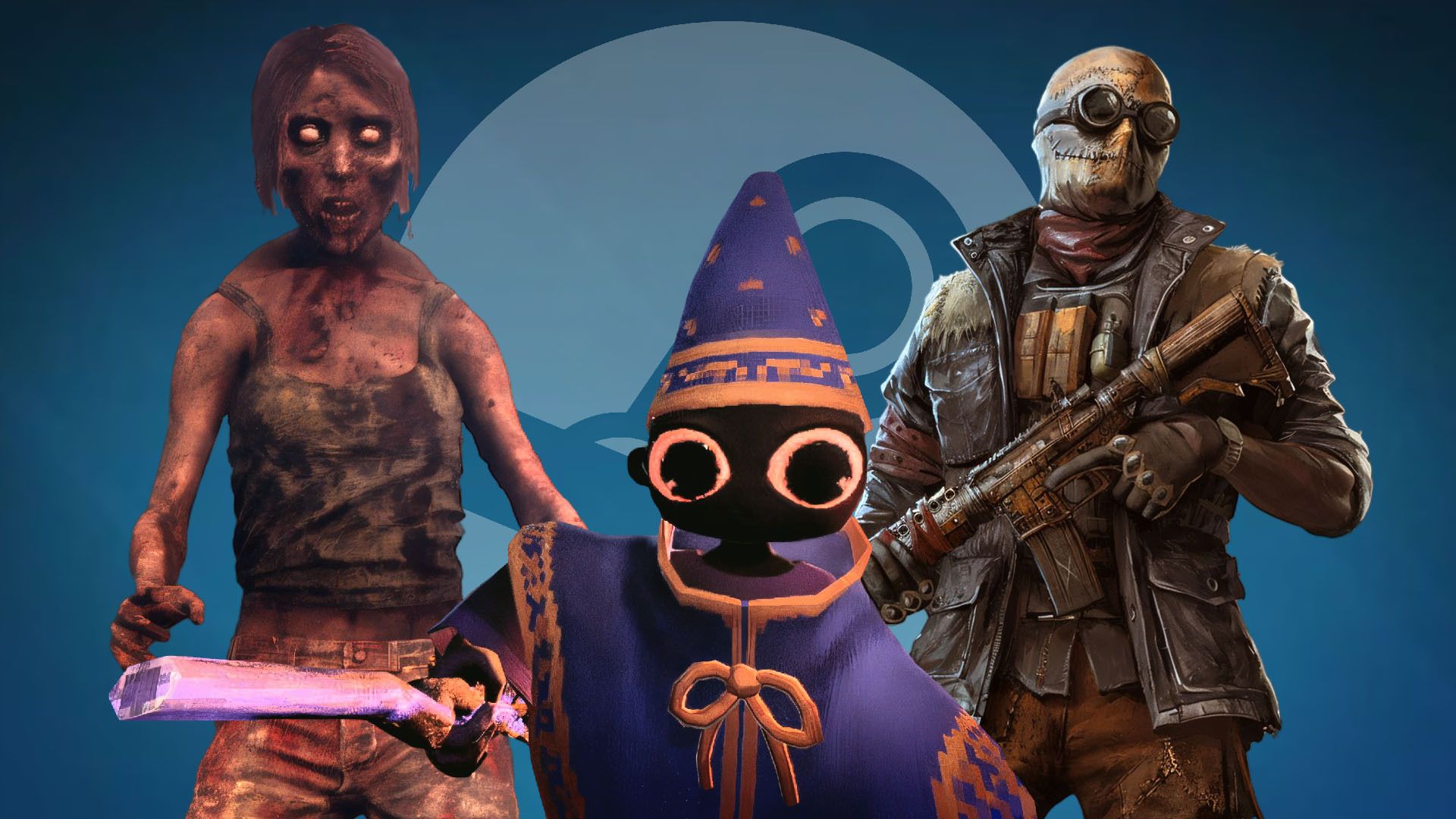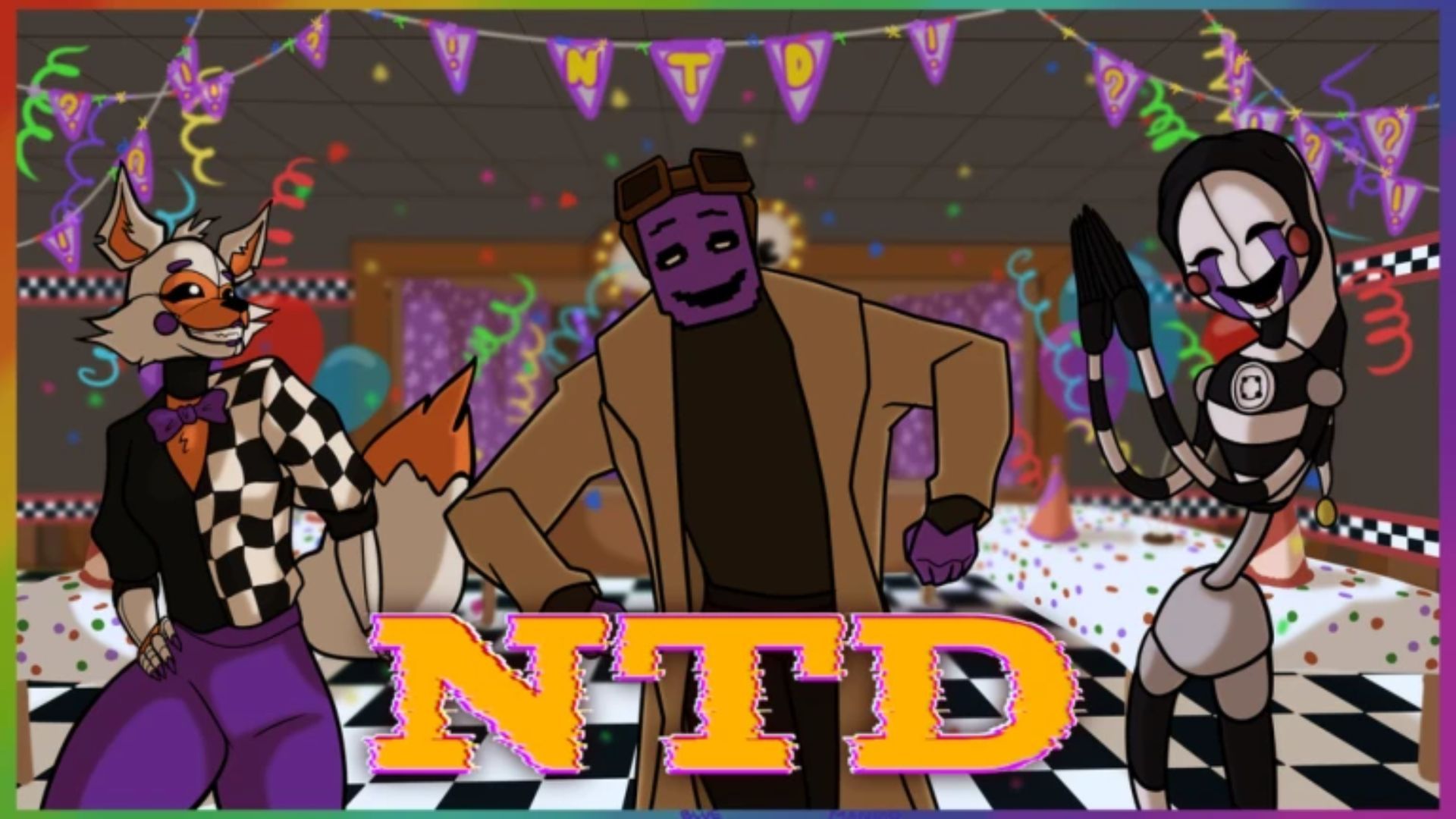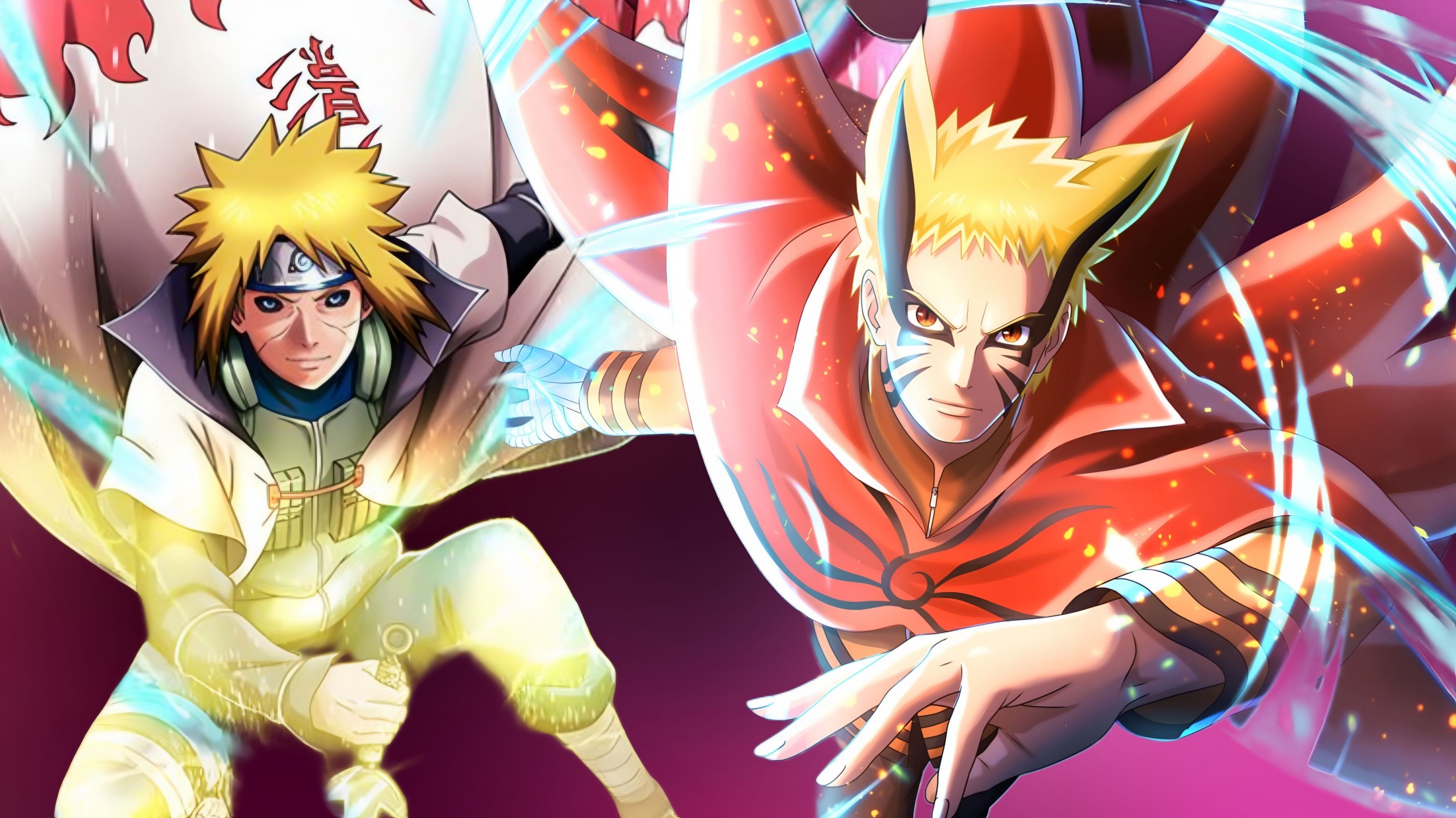The Worst-Rated Games of 2025 That You Might Actually Want To Play
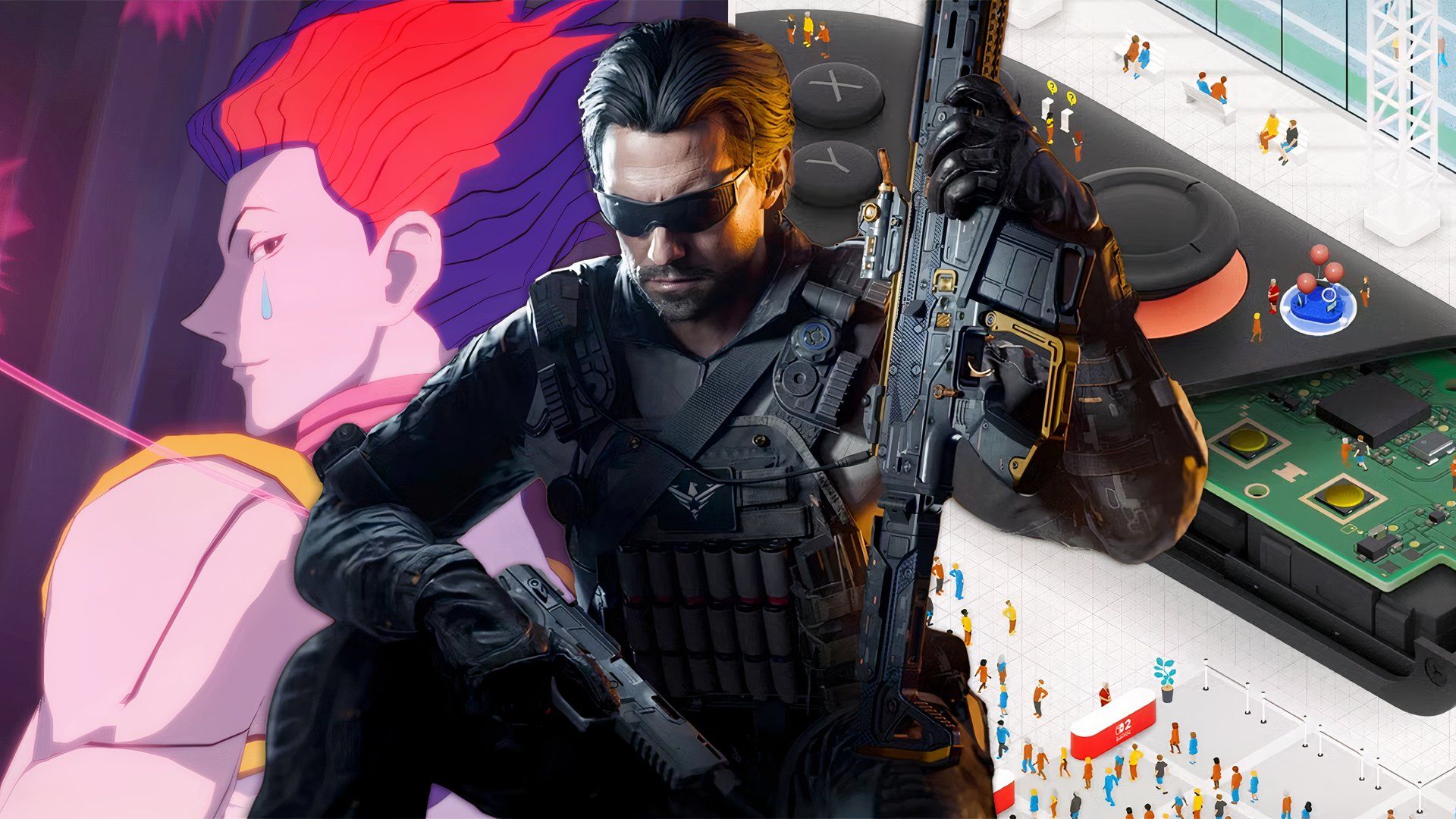
2025 wasn’t perfect – like any year, it had some games that just didn’t live up to expectations. Some ended up with very low scores and are often listed among the worst of the year. But does that mean you should avoid them completely? A few might still be worth checking out, depending on your tastes.
